Exclusive interview: Peter Sagan on Milan-San Remo
“It all depends on what happens on the Poggio”
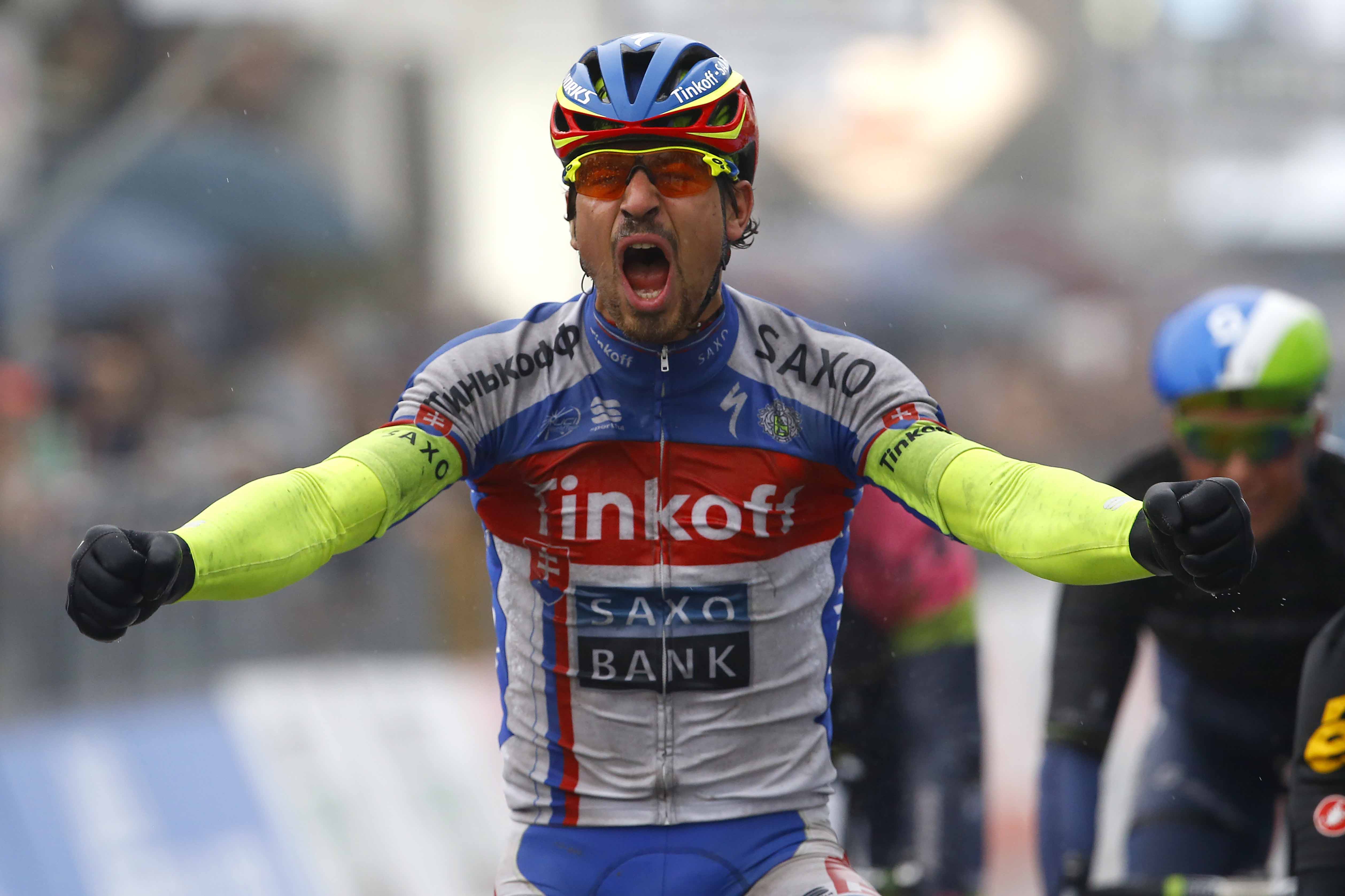
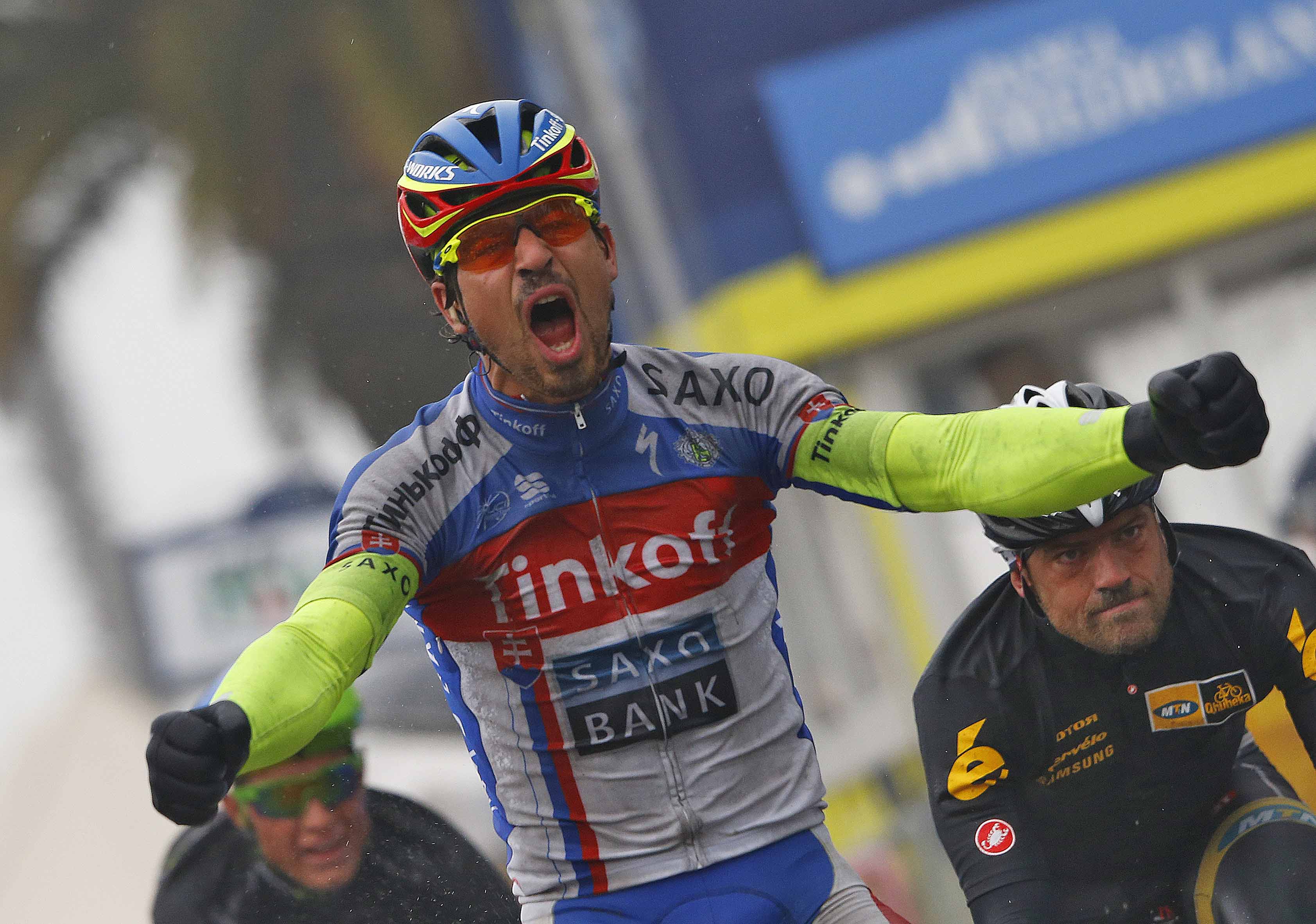
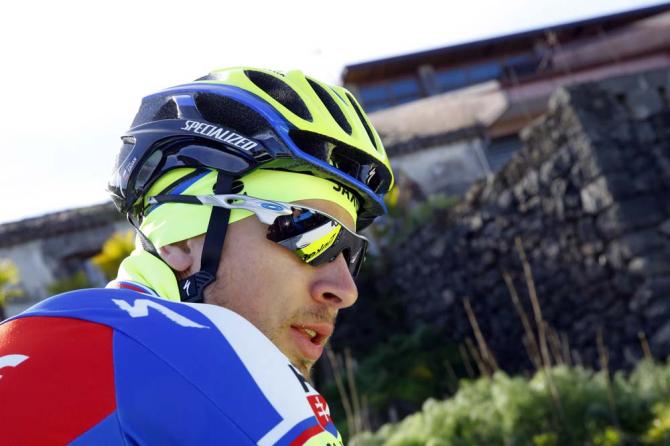
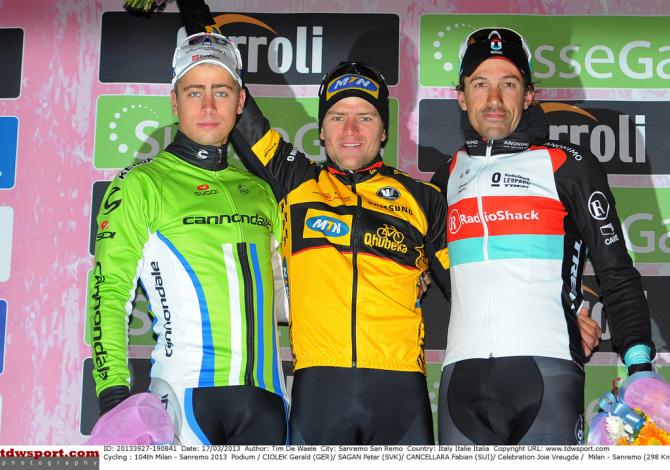
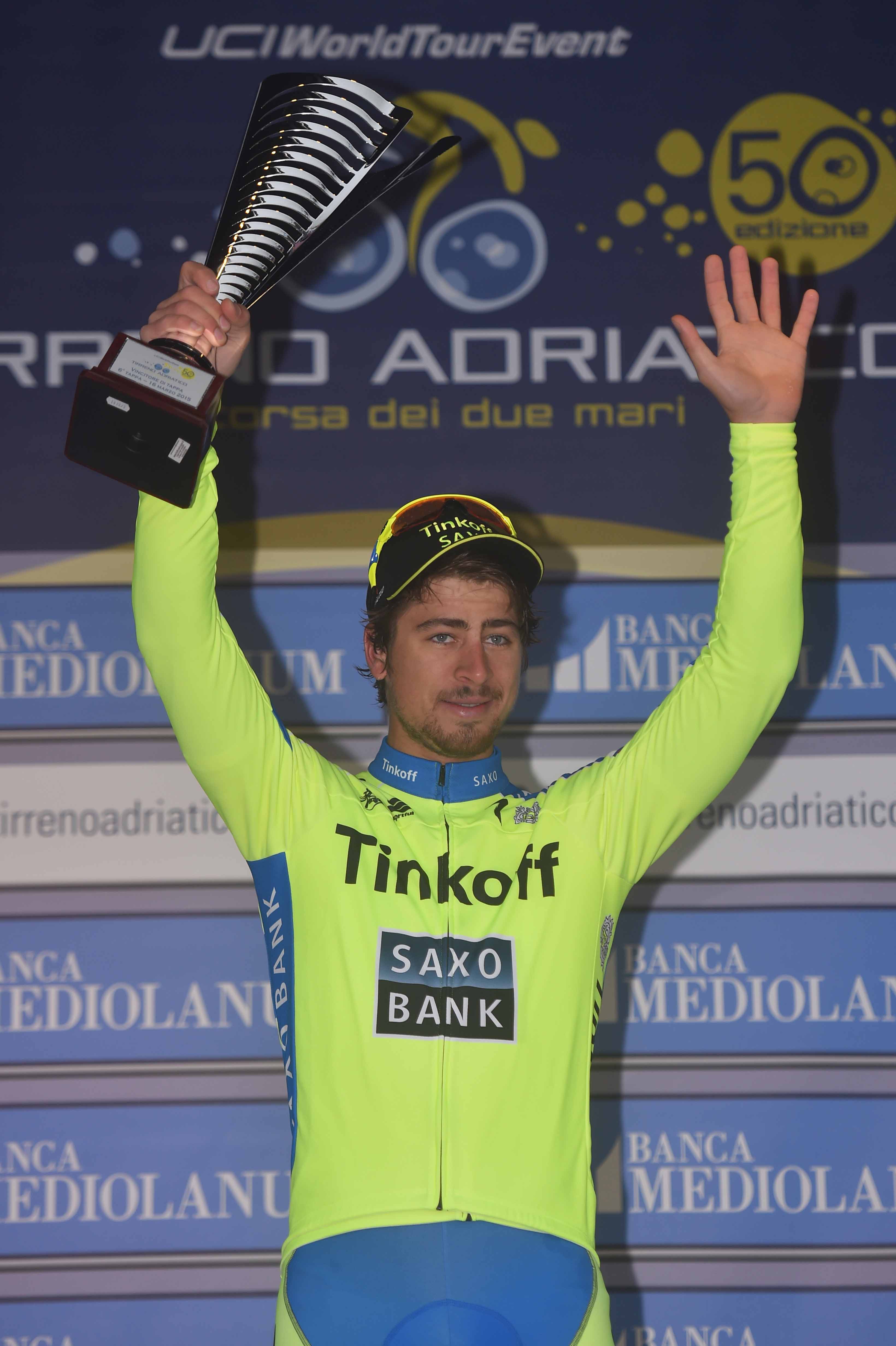
Because of his immense talent, his prodigious results in the early years of his career and now his reported huge salary at Tinkoff-Saxo, Peter Sagan is one of the big-name favourites for Milan-San Remo.
Despite only being 25, he has already ridden Milan-San Remo four times, finishing fourth in 2012 and second in 2013, when he was beaten by Gerald Ciolek in the sprint after the race distance was reduced due to heavy snow before the Turchino. Last year Sagan finished tenth in the hectic sprint, lacking a final kick and the speed to take on the pure sprinters like like Mark Cavendish and winner Alexander Kristoff.
Sagan often the lacked the team support in the major Classics in 2014, but can count on a stronger team at Tinkoff-Saxo, with Matti Breschel, Daniele Bennati, Roman Kreuziger, Maciej Bodnar, Christopher Juul-Jensen, Manuele Boaro and Matteo Tosatto all ready to ride for him. Tinkoff-Saxo has no real Plan B and no protected sprinter. Demanding team owner Oleg Tinkov, who is expected to be at the race on Sunday, expects nothing less than victory.
Fortunately Sagan never seems ruffled by anything Tinkov, the media or his rivals say. His patience and self-control seem as infinite as his talent but he knows Milan-San Remo is an important first objective in a very important spring campaign.
“I feel I’m ready,” he said during an exclusive interview with Cyclingnews after the unveiling of his new custom-decorated, camouflaged Specialized Venge bike that he will ride at Milan-San Remo and during the rest of the season. “I think my form’s improved as the season has gone on. Milan-San Remo is just the start of a big part of my season, of the ‘real’ races. I’m going to busy for the next few weeks….”
Sagan finally ended his run of placings by winning stage six at Tirreno-Adriatico. He let out a huge roar as he celebrated victory, perhaps releasing the tension that was tightening in the team around him but also warning his rivals that he was ready for Milan-San Remo.
“I felt better and better at Tirreno-Adriatico. It went well and it was good to win the stage. It’s always important to win. But sometimes you do, sometimes you don’t,” he said with the pragmatism that he uses to defend himself from every outside pressure.
Get The Leadout Newsletter
The latest race content, interviews, features, reviews and expert buying guides, direct to your inbox!
“I’ve never said it’s not important to win. It is important to win. But you can’t always win. You can’t get stressed out if you don’t win. You’ve got to look ahead and keep trying. I don’t look back at all the second places I’ve had and go and lock myself away in desperation. That’d be stupid. I’m focused on winning.”
The Milan-San Remo tactical conundrum
Sagan faces the same Milan-San Remo tactical conundrum as every other favourite in the race. How exactly do you win such an open race? Sagan has the strength and tactical ability to go with any attacks on the Poggio. But he is also fast in the sprint, especially after 300 kilometres, and so could opt to wait and try to win a group finish in Via Roma.
As the hours countdown to Milan-San Remo, Sagan is understandably keeping his cards close to his chest.
“I don’t think there’s a secret to winning Milan-San Remo. But I know I have to have a good day. It’s not really a tactical race. You have to wait in the peloton until the Poggio and then see what happens and what I can do. We’ve got a very strong team and I think that’s a big help for me. I know I count on them for their support.”
The Via Roma finish returns this year for the first time since 2007, when Oscar Freire sprinted to victory. Sagan has never contested the sprint on the iconic finish in the centre of San Remo but he knows it well. He lives in nearby Monaco just over the border in France and often headed east to train on and study the finale of Milan-San Remo.
“I’ve seen the Via Roma and the finale a few times. I rode it lot last year and I’ve been back three times this year in training to ride and study the Cipressa, the Poggio and the finish,” he revealed.
“I don’t think the Via Roma finish will change much for me. Of course, we’ll see what happens in the race. The race is a kilometre shorter because of the change back to Via Roma and the road after the descent of the Poggio is shorter by that kilometre. I think it all depends on what happens on the Poggio.”
The expected rain is not an issue.
“If it rains, it’ll rain on the whole peloton. If it’s nice, it’s better but the weather is the same for everyone and so it’s not a massive factor,” he said.
Sagan will start Milan-San Remo as one of the big favourites, possibly as the favourite. However he knows talk is cheap before the race and even during the first 283km of racing. The final 10km and the climb and descent of the Poggio will reveal who can and can’t win the 106th edition of Milan-San Remo.
“For sure every rider who has already won Milan-San Remo is a favourite and then there’s always a surprise,” Sagan said. “But at the end of the day, the real favourites will be the ones who go over the top of the Poggio at the head of the race. That’s all that matters.”

Stephen is one of the most experienced member of the Cyclingnews team, having reported on professional cycling since 1994. He has been Head of News at Cyclingnews since 2022, before which he held the position of European editor since 2012 and previously worked for Reuters, Shift Active Media, and CyclingWeekly, among other publications.